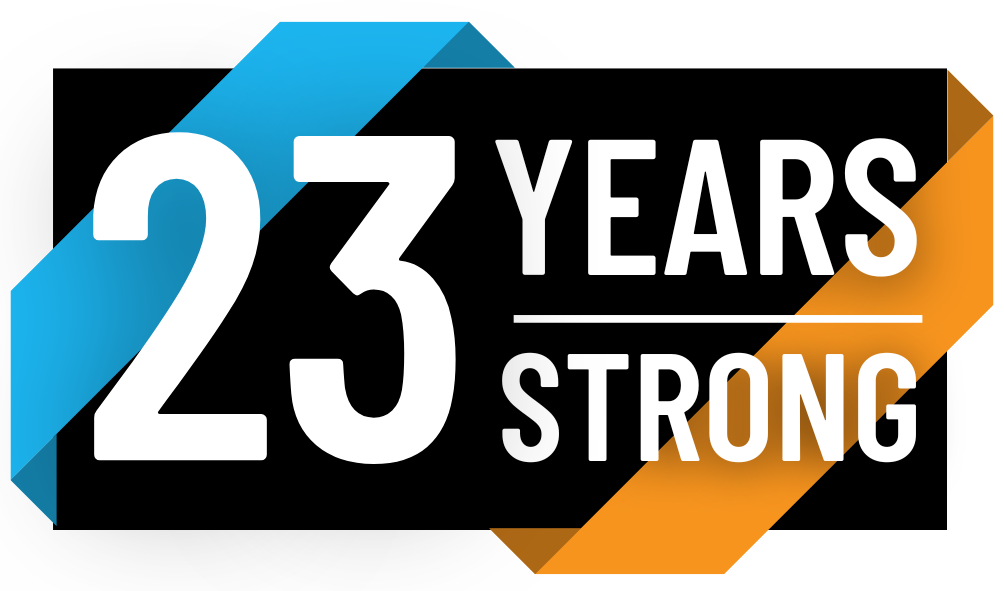
Understanding AC vs. DC Motors in Treadmills: The Significance of Continuous Horsepower vs Peak Horsepower
What does an AC vs. DC Motors mean in your treadmill and why does it matter? Treadmills have become a staple in home gyms and fitness centers, providing a convenient way to stay active. Behind their seamless functionality lies a crucial component: the motor. Motors in treadmills primarily come in two types—AC (Alternating Current) and DC (Direct Current)—each with its distinct characteristics and implications for performance. Moreover, the concept of horsepower, specifically continuous horsepower versus peak horsepower, plays a pivotal role in understanding a treadmill’s capabilities. So, what is the significance of AC vs. DC motors in treadmills?
AC Motors (Alternating Current)
AC motors operate by drawing power from an electrical outlet, converting it into the rotating motion that propels the treadmill belt. These motors are commonly found in commercial-grade treadmills due to their robustness and ability to sustain consistent power output over prolonged periods. They tend to be more durable and suitable for continuous use, making them ideal for heavy-duty gym equipment. A perfect example of this is the Vision T600 Commercial Treadmill
DC Motors (Direct Current)
On the other hand, DC motors, powered by a direct electrical current, are prevalent in residential treadmills. They offer more variable speed control and are generally quieter than their AC counterparts. DC motors are favored for their efficiency and smaller size, making them a suitable choice for home fitness equipment where space and noise considerations are important. A perfect example of this is the Horizon T202 treadmill
AC vs. DC Motors – Horsepower
Understanding the disparity between continuous horsepower and peak horsepower is crucial when assessing a treadmill’s motor. Peak horsepower refers to the maximum power a motor can generate, typically at its highest speed. It’s a flashy marketing figure often used to attract buyers, but it might not accurately represent the treadmill’s consistent performance. In contrast, continuous horsepower denotes the sustained power a motor can deliver over extended periods without overheating or straining. This measure is more indicative of a treadmill’s actual capacity for enduring workouts without performance dips.
Continuous Horsepower
When purchasing a treadmill, focusing on continuous horsepower is paramount. A treadmill with a higher continuous horsepower rating will provide a smoother and more consistent performance, especially during intense workouts or when multiple users utilize the equipment regularly. This metric directly correlates with the motor’s ability to maintain speed and handle incline variations without faltering, ensuring a reliable and enjoyable workout experience.
Evaluate Your Needs
It’s essential to evaluate your specific fitness needs before selecting a treadmill. For casual walkers or light joggers, a treadmill with moderate continuous horsepower might suffice. However, avid runners or households with multiple users engaging in frequent, high-intensity workouts would benefit from treadmills equipped with higher continuous horsepower motors.
Additional Factors To Consider
Additionally, factors like belt size, cushioning, and overall build quality complement the motor’s performance in determining the treadmill’s suitability for your fitness routine. While continuous horsepower stands as a crucial aspect, it should be considered within the broader context of the treadmill’s construction and features.
Conclusion
In conclusion, the choice between AC and DC motors in treadmills aligns with usage preferences and requirements. Understanding the distinction between continuous and peak horsepower empowers buyers to make informed decisions, ensuring that the selected treadmill can withstand its intended usage. Continuous horsepower serves as a reliable indicator of a treadmill’s sustained performance, emphasizing the importance of focusing on this metric over the flashy but less indicative peak horsepower when investing in a treadmill for your fitness journey.

